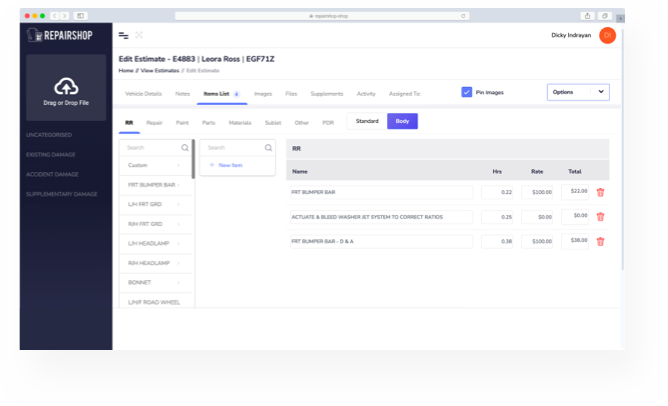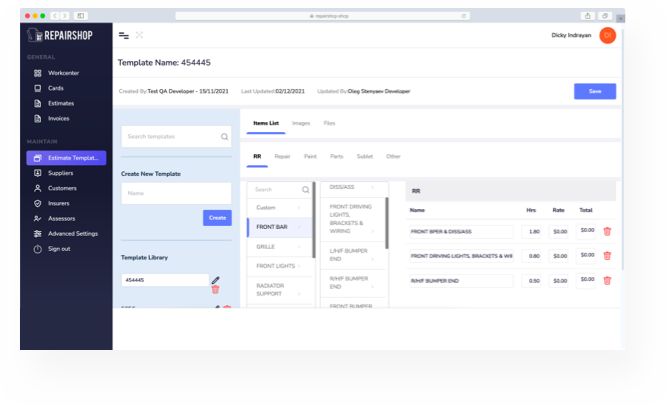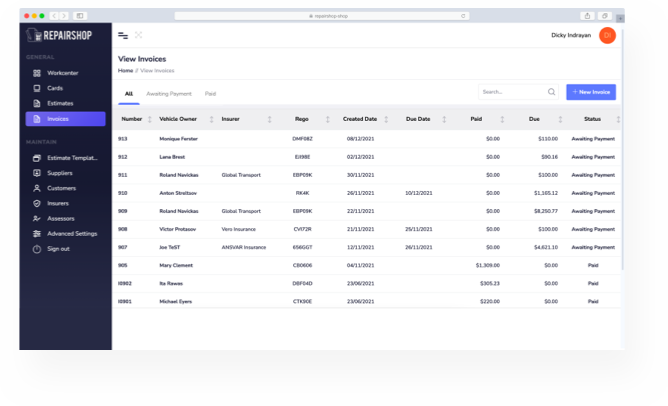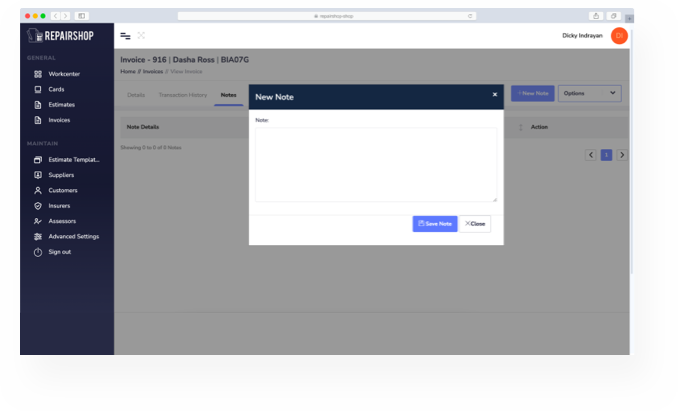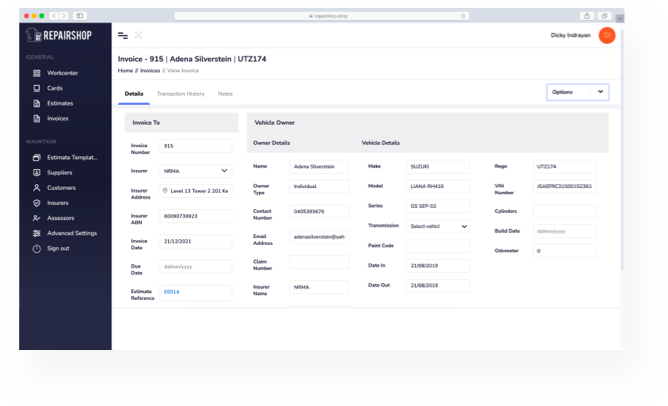Functionality and Features
Core Features: Does the software provide essential functions such as estimating, job tracking, scheduling, inventory management, invoicing, and CRM?
Customization: How flexible is the system? Can it be tailored to fit the specific needs of the body shop, such as customized workflows, templates, and dashboards?
Advanced Features: Does it offer additional tools like integrations with insurance companies, mobile access for technicians, or automated customer notifications?
Reports & Analytics: Are there comprehensive reporting and analytics tools? How easy is it to generate custom reports on performance, financials, or customer data?
Ease of Use
User Interface (UI): How intuitive is the interface? Does the system have a steep learning curve, or can it be used by staff with minimal training?
Training & Support: Does the software vendor provide adequate onboarding resources, documentation, and training? Is customer support readily available (e.g., live chat, phone support)?
Mobile Accessibility: Does the system offer a mobile app or mobile-optimized platform for technicians and shop managers to access important information while on the go?
Integration with Other Tools
Third-Party Integrations: Can the system easily integrate with other tools you use, such as accounting software (e.g., XERO, Payment), insurance companies, payment processors, and other industry-specific tools?
Data Import/Export: Is it easy to transfer data to/from other systems? For example, moving customer data, financial data, or repair history between platforms.
Scalability
Adaptability to Shop Size: Does the system scale well for both small shops and larger, multi-location operations?
Cloud-Based vs. On-Premise: Cloud-based systems are often more scalable, as they allow for updates and growth without requiring major changes to infrastructure. On-premise systems might require more maintenance and upgrades.
Cost and Pricing Structure
Pricing Plans: What is the cost structure? Are there different pricing tiers based on the number of users, features, or locations? Does the cost align with the size and revenue of the shop?
Value for Money: Does the system deliver good value for the price, considering the features and support offered? Is the pricing transparent, or are there hidden fees?
Free Trial or Demo: Does the software offer a free trial or demo period to evaluate its features before making a commitment?
Customer Support and Service
Availability of Support: How accessible is support? Are there multiple ways to contact support (e.g., phone, chat, email)?
Response Times: How fast does the support team respond to inquiries or issues?
Community and Knowledge Base: Is there a community forum or an extensive knowledge base to assist with self-service troubleshooting and best practices?
Security and Compliance
Data Security: What security measures are in place to protect customer data and business information? Is the system compliant with data protection regulations (e.g., GDPR, CCPA)?
Backup and Recovery: Does the system include data backup and disaster recovery options to protect against system failures or data loss?
Customer Reviews and Reputation
User Feedback: What do existing customers say about the software? Are there consistent themes in customer reviews related to the software’s strengths or weaknesses?
Industry Reputation: Does the software have a good reputation in the automotive repair industry? Are there testimonials from other bodyshops similar in size or scope?
Support for Multiple Locations
Multi-Shop Functionality: If your business operates more than one location, does the software offer multi-location management features?
Centralized Dashboard: Can you manage all locations from a single interface? Does it allow for streamlined reporting and oversight across locations?
Speed and Reliability
System Performance: Is the software responsive and fast, or does it suffer from slow load times or bugs?
Uptime & Stability: How reliable is the software? Does it frequently experience outages or downtime, impacting your ability to run the business?
Automation and Workflow
Task Automation: Does the software offer tools to automate common tasks like sending reminders, updating customers, or processing invoices?
Workflow Efficiency: Does the system help streamline and optimize workflows, such as job assignments, approvals, and parts ordering, to reduce manual effort?
Customer Experience Features
Online Booking: Does the software offer an online booking system for customers to schedule repairs or consultations?
Customer Portal: Is there a portal where customers can track repair status, review invoices, and communicate with the shop?
Feedback Mechanism: Does the system collect customer feedback and provide tools for improving service quality?
Conclusion:
To effectively compare bodyshop management systems, you should evaluate these criteria based on your shop’s specific needs. A small shop might prioritize ease of use, cost, and basic features, while a large multi-location operation may place more importance on scalability, advanced integrations, and reporting capabilities. Using a combination of user feedback, feature comparisons, and trial periods can help ensure the chosen system aligns with your business objectives.

